New Kaist Eyewear [Tax Refund Shop] (뉴카이스트안경원)
1.9Km 2024-04-22
12-2, Namdaemunsijang 4-gil, Jung-gu, Seoul
-
Namdaemun Jungang Shopping Center (남대문 중앙상가)
1.9Km 2020-04-17
21, Namdaemunsijang 4-gil, Jung-gu, Seoul
+82-2-753-2805
Jungang Shopping Center boasts diverse items for women. Its first floor is devoted to shops selling women's clothing and accessories with colorful designs, appealing to female customers. The second floor houses shops selling folk crafts and tradtional crafts, popular among international tourists. It also deals with bedding items, handicrafts, linen and cotton items, and tradtional wedding items.
Grain De Beaute [Tax Refund Shop] (그랭드보떼)
1.9Km 2024-04-19
1F, 34, Namdaemunsijang 6-gil, Jung-gu, Seoul
-
Geumyongmun (금용문)
1.9Km 2021-03-23
7, Saemunan-ro,5 ga-gil, Jongro-gu, Seoul
+82-2-731-2502
This is a Chinese (cuisine) located in Gwanghwamun Gate, Seoul. The best menu at this restaurant is dim sum. A restaurant selling authentic Chinese cuisine.
Gwanghwamun Hanokjip (광화문한옥집)
1.9Km 2024-10-15
7, Saemunanro5ga-gil, Jongro-gu, Seoul
+82-2-731-2500
A store with rooms reproducing a traditional kitchen. The best menu at this restaurant is napa wraps with pork. This is a Korean cuisine located in Gwanghwamun Gate, Seoul.
Ilpumdang Premium (일품당프리미엄)
1.9Km 2021-04-20
7, Saemunan-ro, 5ga-gil, Jongro-gu, Seoul
+82-2-1899-4949
A shabu-shabu specialty restaurant located in Gwanghwamun Gate, Seoul. A store with rooms. The most famous menu is shabu-shabu.
Honam Sikdang (호남식당)
1.9Km 2024-03-15
18-6, Namdaemunsijang-gil, Jung-gu, Seoul
+82-2-775-5033
Honam Sikdang is a specialty restaurant for galchi jorim (braised cutlassfish) located in Namdaemun Market. Its signature dish is the spicy and flavorful galchi jorim, known for its robust broth. Another popular dish is the deeply seasoned godeungeo jorim (braised mackerel), which is boiled until the seasoning is well absorbed. A highlight of dining here is the crispy deep-fried cutlassfish served upon ordering. Its cozy atmosphere attracts many visitors seeking a hearty meal.
Alpha Stationery - Namdaemun Main Branch [Tax Refund Shop] (알파문구 남대문본점)
1.9Km 2024-04-23
6-2, Namdaemun-ro, Jung-gu, Seoul
-
La:ppland [Tax Refund Shop] (라플란드)
1.9Km 2024-04-16
Bldg. Ga. 1F, 83, Samcheong-ro, Jongno-gu, Seoul
-
Ilsong Kalguksu (일송칼국수)
1.9Km 2021-03-18
44, Seonggyungwan-ro, Jongno-gu, Seoul
+82-2-765-0880
This is a Korean cuisine located in Jongno-gu, Seoul. A store serving dishes at low prices. The best menu at this restaurant is noodle soup with clams.
![New Kaist Eyewear [Tax Refund Shop] (뉴카이스트안경원)](http://tong.visitkorea.or.kr/cms/resource/81/2878581_image2_1.jpg)
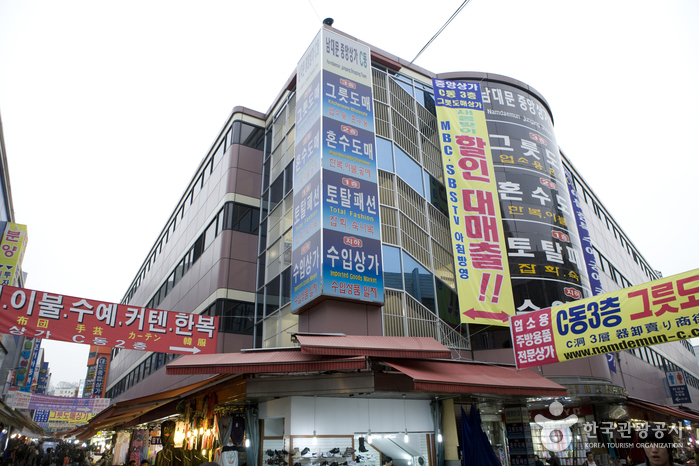

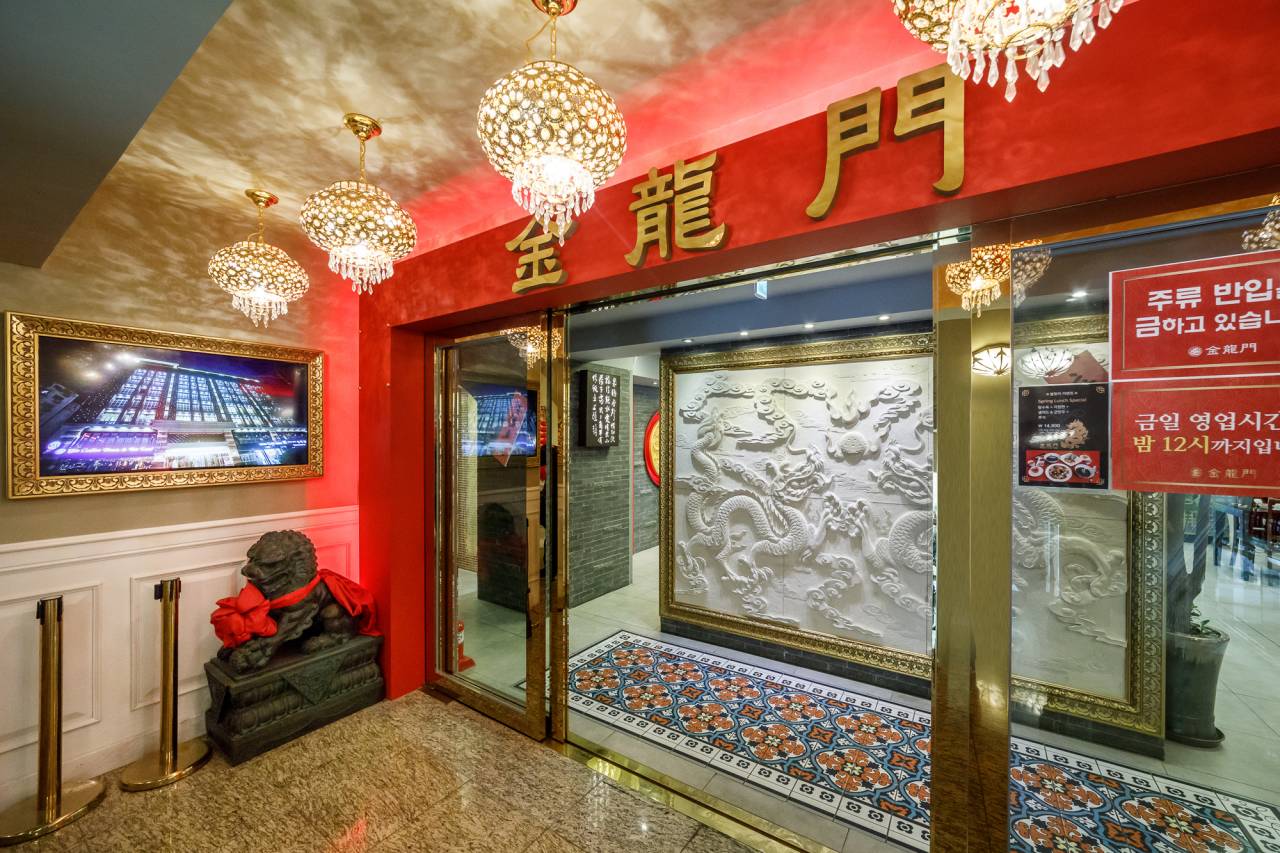
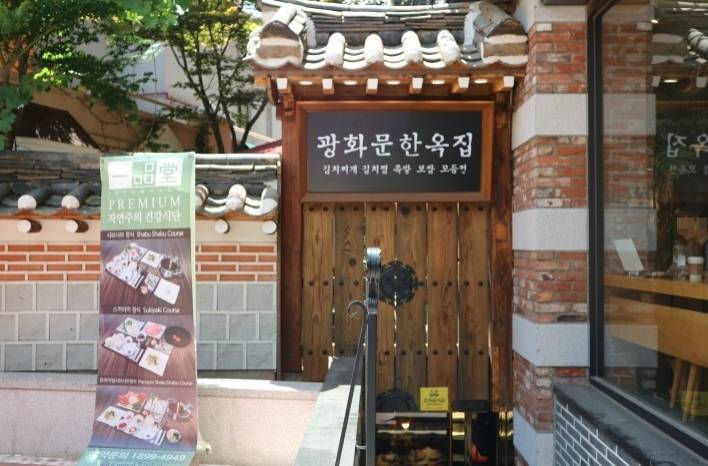
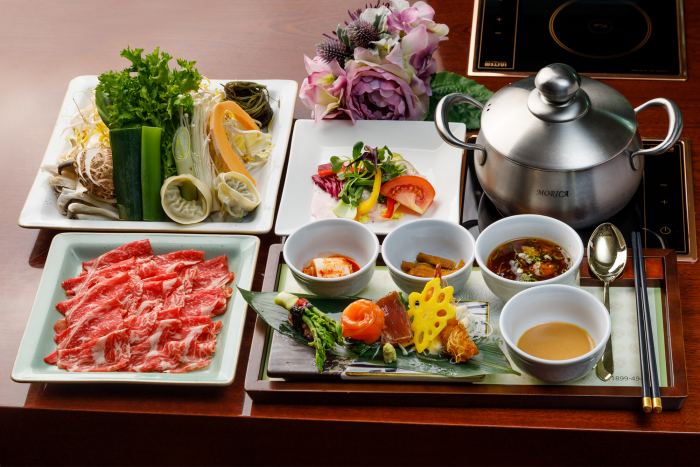
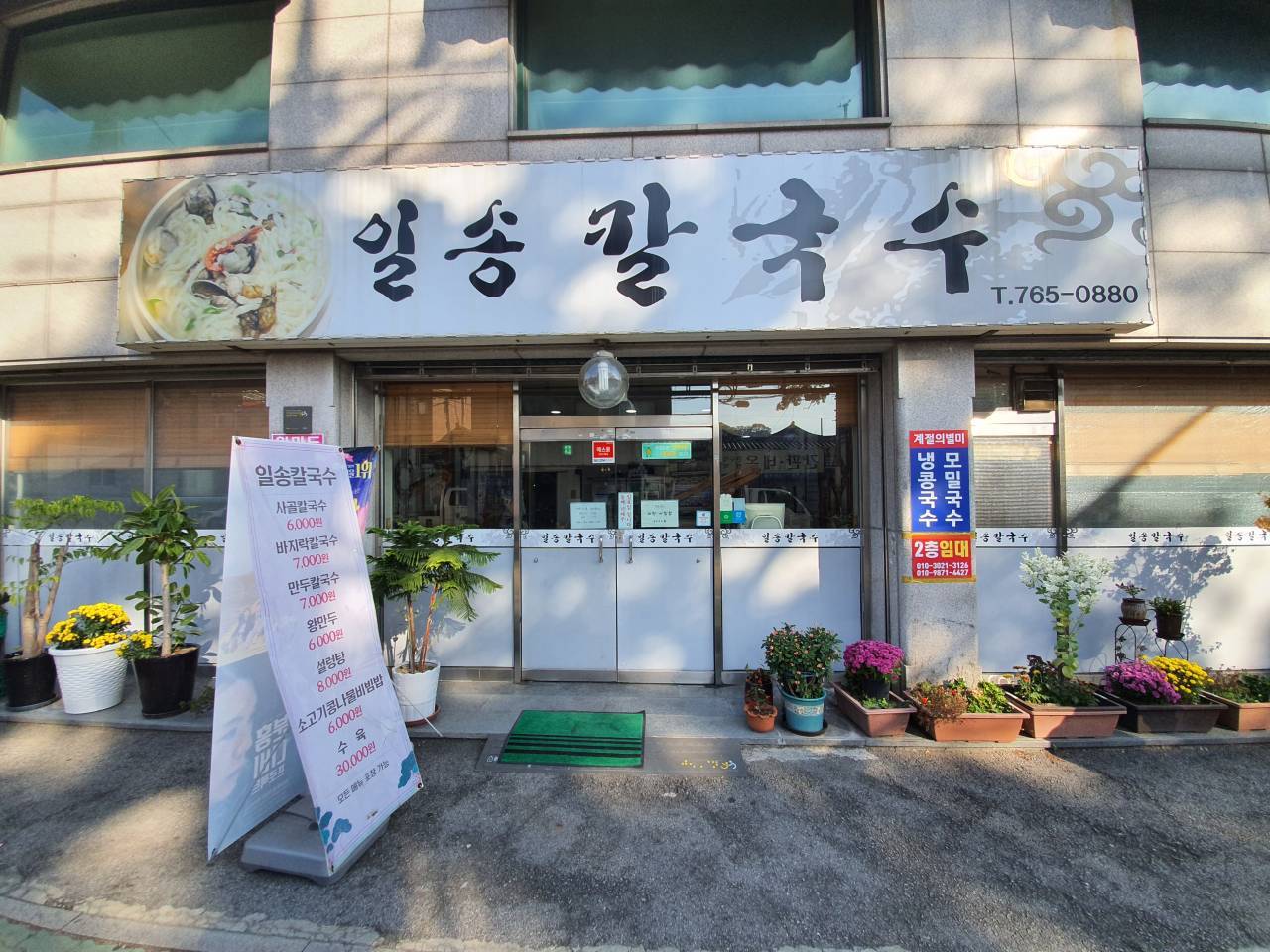
 English
English
 한국어
한국어 日本語
日本語 中文(简体)
中文(简体) Deutsch
Deutsch Français
Français Español
Español Русский
Русский